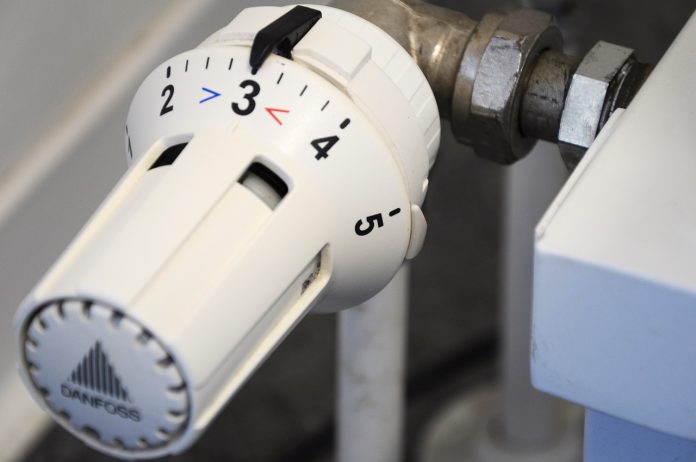As the temperature outside lowers, a malfunctioning radiator could become a serious problem. If your radiator stops working in the thick of winter, what should you do? Most radiator issues may be traced back to easy to address root causes. Some common radiator problems and their potential significance are described here.
Challenges with Water and Power Distribution
Two methods exist for fixing leaks, each one best suited to a particular severity of water loss. A tiny tear or crack can often be repaired by tightly wrapping a sturdy fabric around it. A gas-safe expert may be called in to inspect and repair any damage to the pipework that is invisible to the untrained eye. A professional heating specialist should be called in when a leak is noticed that requires servicing of pipes, radiators, or the boiler itself. If you want to keep the water hot and pressurized, you need to fix the leaks. If you are unsure of how to replace the pipe, turn off the heater and contact a gas professional.
Complications with the Thermostat
A broken radiator thermostat is often caused by a thermostat that isn’t working properly. The inconsistent heat output from some radiators may be due to broken thermostats. Taking the thermostat cover off the radiator in the winter won’t impair its efficiency. The lid’s knurled nut can be turned to control the temperature. But first, switch off the boiler, just to be safe. You can scald yourself with hot water if you pull any more nuts, so be careful.
If your thermostat is immobile, it may be jammed or seized. If your radiator stops working, it’s time to call in the pros for help. However, other valves, such as radiator thermostat valves, may also affect the system’s performance.
Have faith that turning the thermostat on and off is as simple as turning a switch. Ensure that hot water runs freely by adjusting as necessary. If the thermostat is working and the radiators are still chilly, you should attempt the other solutions we suggested. There’s a chance that these radiators don’t have thermostats or that they don’t work. Do not try to force the radiator thermostat; doing so could result in the entire radiator cracking and needing to be replaced.
Radiator Blockages
Examine the top and bottom of the radiator to check if they are unusually cold. In the event of a pipe obstruction, the water at the radiator’s base can cool, resulting in a loss of heat throughout the system. To figure out what’s causing the cold radiators, you’ll need to determine which rooms are affected as well as whether any repairs have been made recently. If the radiator is cool across its entire surface, it is likely that a blockage has occurred in the pipe. In the event that only a small section of the radiator is cold, a blockage is likely to blame.
Radiator Air Pressure Locked In
The presence of air introduces a new set of complications when working with heat exchangers. You can use a radiator key to open the vents and fix the problem on your own. Don’t let the hot water go to waste; once you’re done adding it, shut off the valves. Water might cause a lot of damage if any of the valves were left open. Turning off the boiler is a prerequisite to removing the radiator valves from the radiators.
If the boiler is switched off, you should still check the radiator to make sure there is water in it before bleeding the valve. Even after the obstruction has been removed, water may still be present in the radiator system; therefore, it is important to mop up any spills after the appropriate valve has been opened. There may need to be a different approach taken when modifying radiator thermostat valves due to their distinct pin configurations.
Do yourself a favor and read the manual before trying to utilize the pin system for the first time if you’re confused about how it works. It is difficult to overstate the value of having someone to help you out when you’re trying to figure out how to use something new. Air quality checks aren’t always essential. Even if you have no idea if air is the problem, you can still perform a diagnostic test and perhaps solve it by bleeding the radiator.
Sludge
There is a risk of engine overheating if sediment or other particles in the water accumulate in the radiator and prevent water from flowing freely. A qualified heating technician’s knowledge and experience are required to resolve this issue, making it more challenging to repair. Do not attempt sludge removal on your own if you do not have the requisite knowledge and experience. In no way should you attempt to repair the boiler or the plumbing on your own. The boiler could be permanently damaged if you mess up reassembling it.
Conclusion
These are only some of the most common factors that lead to radiator breakdown. When in doubt about the problem’s nature or your capacity to solve it, it’s best to get some expert help. Tado will provide a secure and efficient solution.







